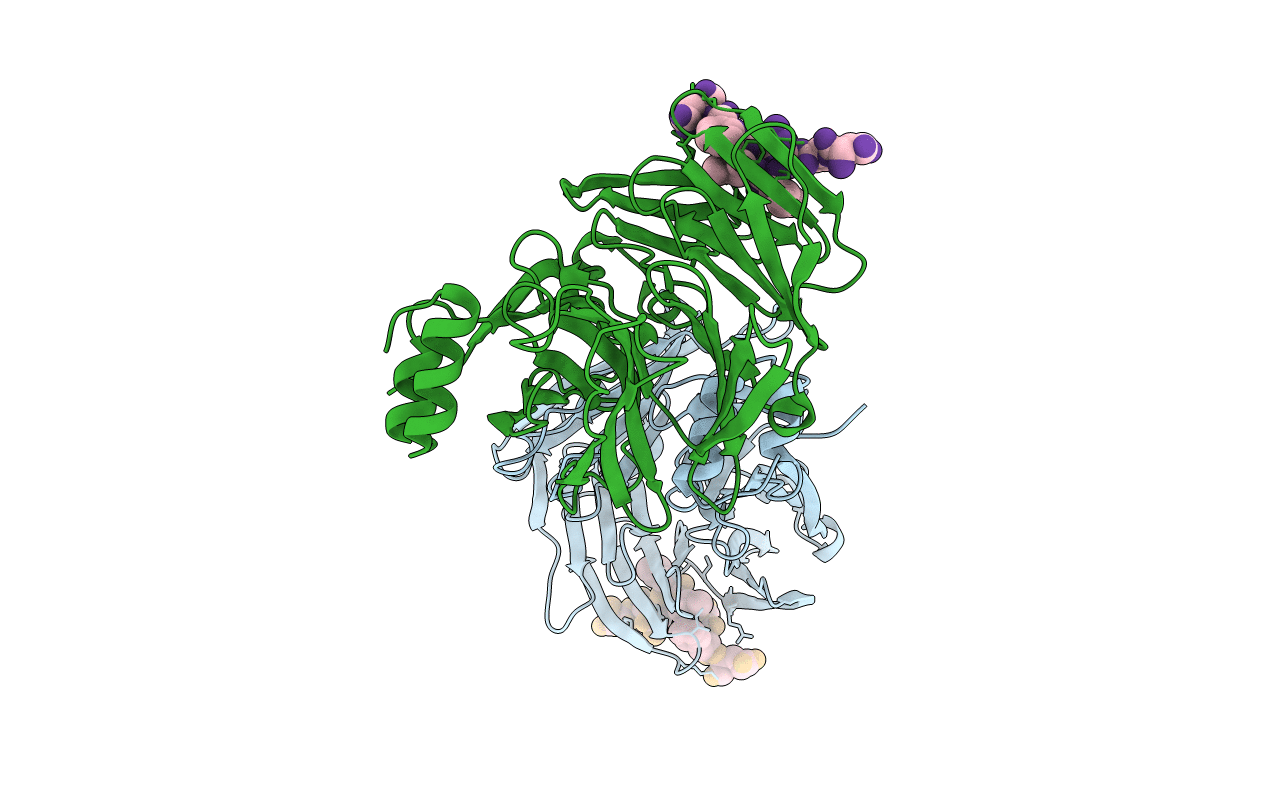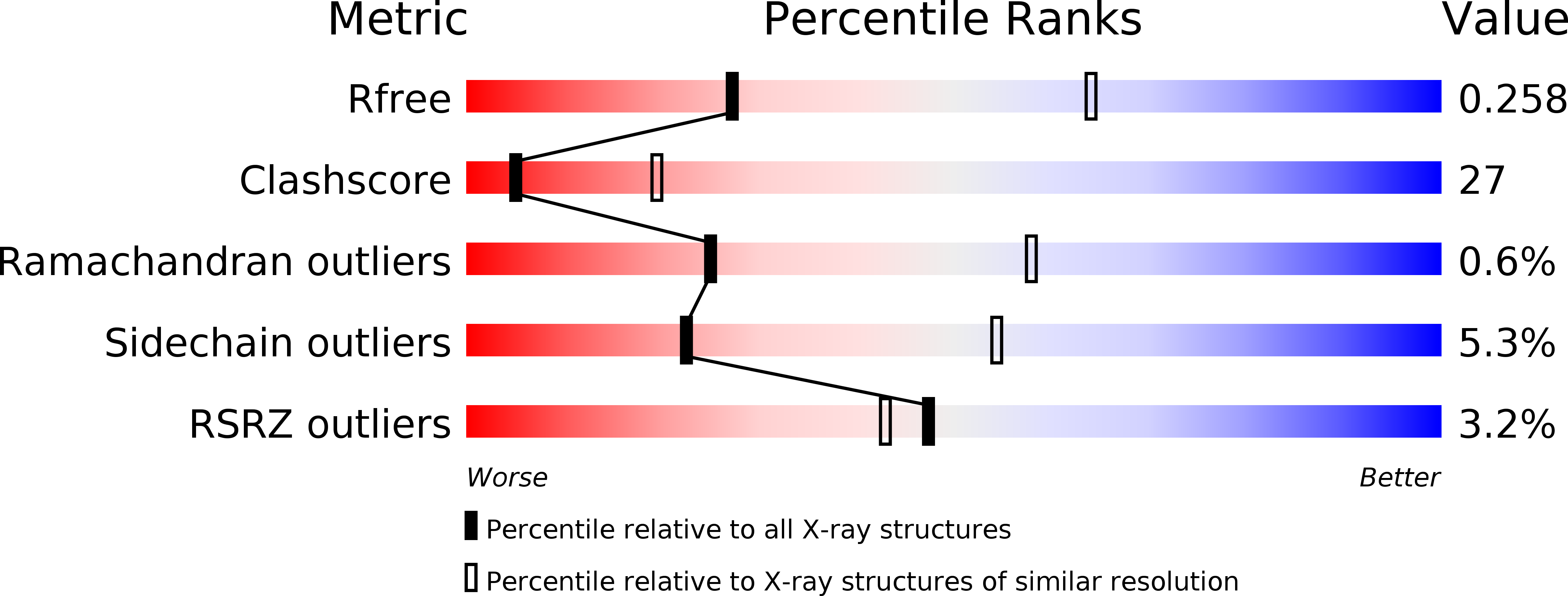
Deposition Date
1999-08-02
Release Date
2000-02-07
Last Version Date
2024-02-07
Entry Detail
PDB ID:
1C9L
Keywords:
Title:
PEPTIDE-IN-GROOVE INTERACTIONS LINK TARGET PROTEINS TO THE B-PROPELLER OF CLATHRIN
Biological Source:
Source Organism:
Rattus norvegicus (Taxon ID: 10116)
Host Organism:
Method Details:
Experimental Method:
Resolution:
2.90 Å
R-Value Free:
0.26
R-Value Work:
0.22
R-Value Observed:
0.22
Space Group:
C 1 2 1


